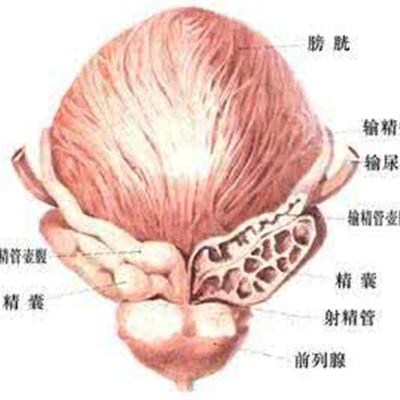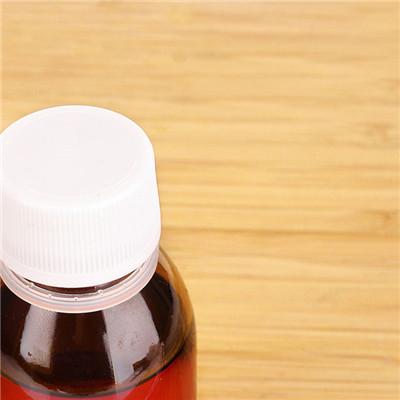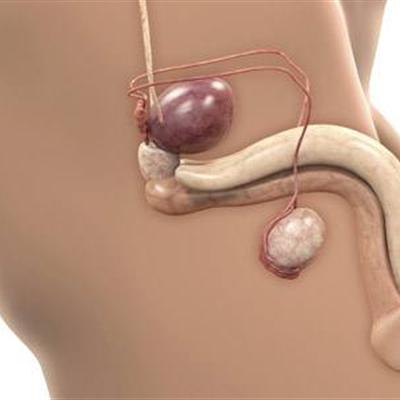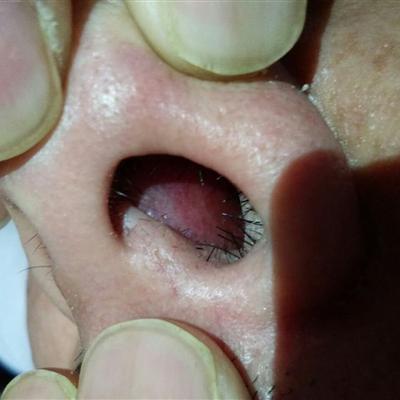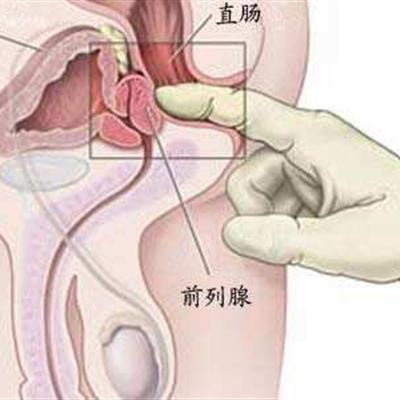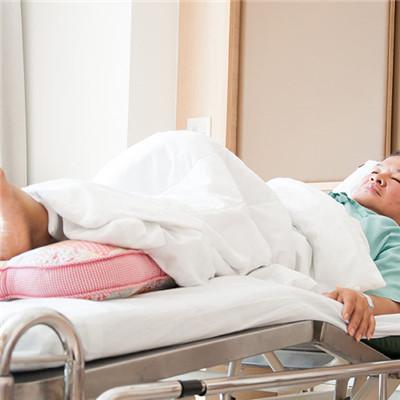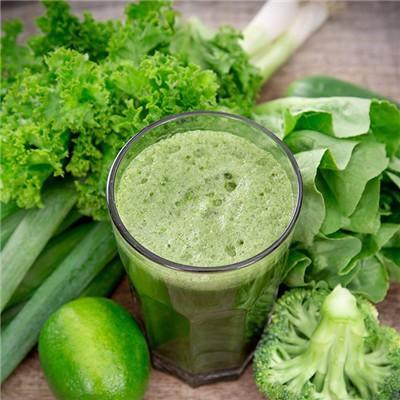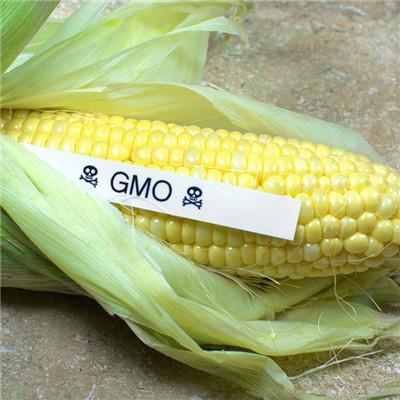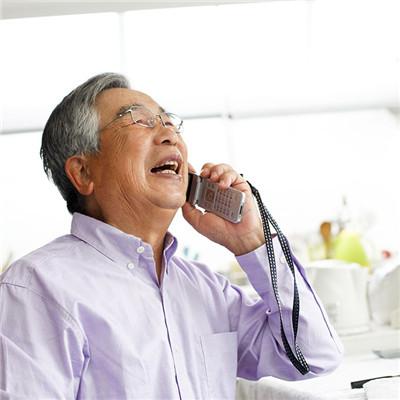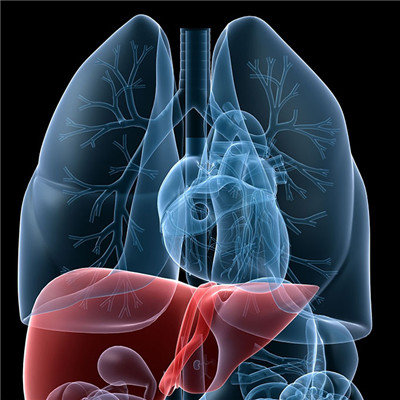What are the symptoms of severe reflux esophagitis?
summary
Reflux esophagitis refers to the reflux of gastric and / or duodenal contents into the esophagus, which can be divided into physiological and pathological types. Physiologic gastroesophageal reflux was found in normal people, without clinical significance. If reflux occurs more frequently than normal people, and acid digestive gastric juice, pepsin, bile and pancreatic juice cannot be removed in time, it will cause inflammation, erosion, ulcer and fibrosis of esophageal mucosa, which belongs to gastroesophageal reflux disease. What are the symptoms of severe reflux esophagitis? Let's talk about it
What are the symptoms of severe reflux esophagitis?
Poststernal burning or pain is the main symptom of the disease. According to the distribution of vagus nerve, sometimes it can radiate to the neck, palate or ear. It is common to radiate between the shoulder blades on both sides of the back. Burning sensation can be relieved by drinking water or taking acid or sugar block to stimulate saliva secretion and primary esophageal peristalsis. Especially after eating some spicy food, it is most likely to occur. It can be caused by bending, exerting or lying on one's back, and it can be alleviated in upright position. This is because walking in upright position promotes the clearance of esophagus. The aggravation of postural burning pain is highly suggestive of reflux. In patients with gastric acid deficiency, the burning sensation was mainly caused by bile reflux, but the effect of acid preparation was not significant. The severity of burning sensation is not necessarily consistent with the severity of the lesion. Severe esophagitis, especially in scar formation, may have no or only slight burning sensation.
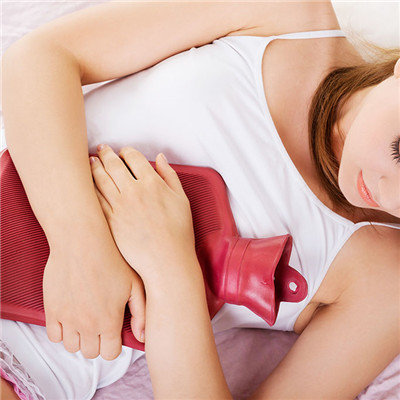
Gastroesophageal reflux: acid liquid or food flows from the stomach or esophagus to the pharynx or oral cavity after meals, lying forward or lying in bed at night. This symptom often appears before burning sensation or burning pain after sternum.
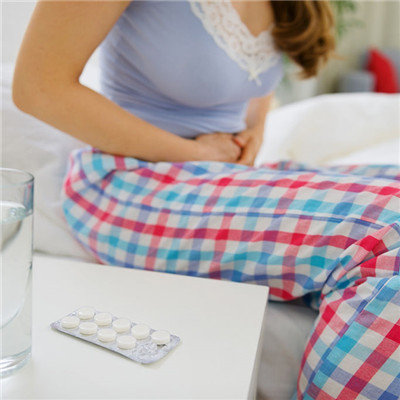
Pain in swallowing caused by irritation of the inflamed esophagus or esophageal spasm by food masses. Spastic pain and heartburn have the same distribution and radiation site. In the esophagitis area and part of the stenosis or motor function uncoordinated area, the food ball causes the acute expansion of the esophagus and produces the third contraction or spasm. The patient may feel food or liquid pause above the esophagus, waiting for the food ball to go down or drink water to rush down. The dilated esophagus above the food ball pause may produce very serious pain. Spasmodic pain can also be caused by reflux.
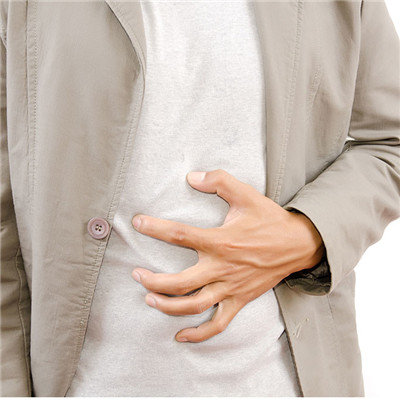
matters needing attention
1. When sleeping, the head of bed should be raised 10 cm to 15 cm, which is an effective way to reduce night reflux; 2. Try to reduce the activities of increasing intra-abdominal pressure, such as excessive bending, wearing tight clothes, tightening the belt, etc; 3. The drug should be used under the guidance of doctors to avoid the side effects caused by taking drugs indiscriminately. 4. Obese people should lose weight. Because the abdominal pressure of obese patients is increased, it can promote gastric juice reflux, especially in supine position. We should actively reduce weight to improve reflux symptoms. 5. Keep a good mood and increase appropriate physical exercises;
